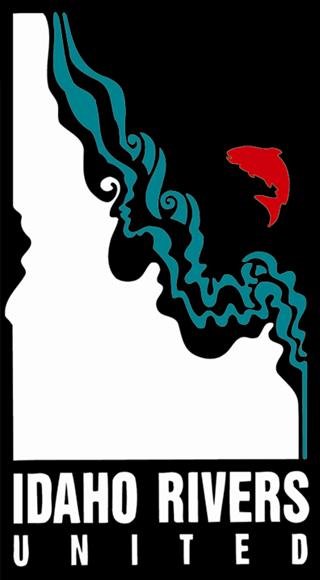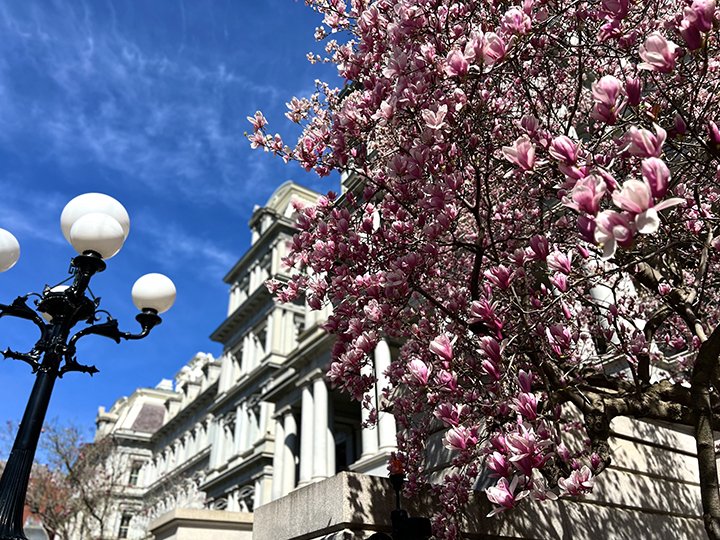IRU goes to D.C. as part of the Wild & Scenic Coalition
Cherry blossoms in bloom marks spring time in D.C. Photo credit: Nic Nelson, IRU staff
Idaho Rivers United was in Washington D.C. last week as part of the Wild and Scenic Rivers Coalition. The Coalition, made up of over 40 river groups from across the Nation, met with over 80 Congressional offices, advocating on behalf of 16 different Wild and Scenic campaigns.
As part of the Wild and Scenic Rivers Leadership team, IRU was also part of many top level agency meetings, including the Department of the Interior (BLM) and the Department of Agriculture (USFS). Among the topics discussed were suitability and eligibility of river segments, agency support for Wild and Scenic legislation, as well as the importance of integrating Indigenous values into the management process to bolster both cultural and ecological integrity of our Wild and Scenic River systems.
“The amount of national support for Wild and Scenic protections is a tremendously encouraging trend,” said Nic Nelson, IRU’s Executive Director. Stronger river protections are wildly popular, regardless of party, as a recent PEW Charitable Trusts survey showed that 67% of all voters favored greater safeguards for rivers, including 65% from small towns and 60% of rural respondents.
“What was most encouraging, was not just the number of bills, but the bipartisan and bicameral support for Wild and Scenic legislation. We’ve often heard that the political climate of Idaho makes Wild and Scenic campaigns hard in Idaho, but this reaffirmed that river conservation isn’t a partisan issue. It is an imperative if we are to protect the culture and heritage of our river communities.”
Among other topics discussed with our Idaho delegation included salmon and steelhead recovery, including replacement services of the four Lower Snake River dams, an investment in increasing and modernizing Idaho and the nation’s stream gauge systems, and the importance to improving water efficiency and recharge in the Snake River’s aquifer system.
While much work is yet to be done, we left D.C. energized by the national movement towards recovering and protecting river systems and see a path forward for similar campaigns in Idaho.


